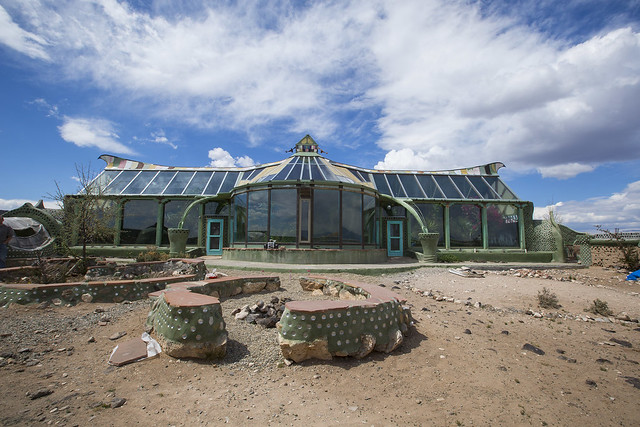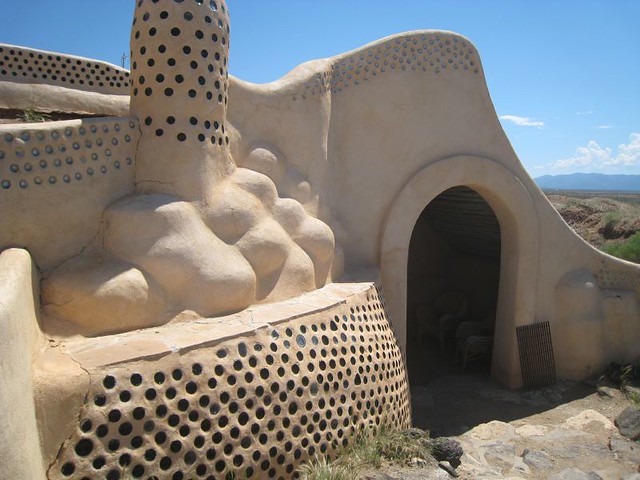Sustainable Housing in Rural Communities
Many nature lovers and people tired of the chaotic urban lifestyle can only dream of living in a quiet, peaceful rural community surrounded by nature. For many of us, it is impossible to live that dream due to specific work opportunities and schools that are exclusively found in the city areas. It is unfortunate that rural areas are becoming less populated globally because we believe that being surrounded by concrete is more sustainable. Another big reason for people moving away or not considering moving towards rural areas is the lack of affordable housing. In the UK and USA housing in rural areas are known to be more expensive.
Did you know?
It is believed that by the year 2025, 75% of the world’s population will be living in urban areas. But with people fighting poverty, the introduction of better housing and the actions taken to reduce CO2 emissions, this might not become a reality.
We at Arizona Roofing Systems, a local Mesa, AZ roofing company, can only hope that the decrease in rural population will change in the future with the help of new technology. Change can be made possible through new concepts that are being explored that allow for a rural high-tech and high nature lifestyle. One of these concepts is the Hyper Village, which will allow people to stay “connected” with the city while living in rural areas.
In certain countries, governments understand the need of sustaining rural communities and thereby developing projects to build sustainable housing. The La Voute Nubienne, which started in 2009, is an association in Mali that trains villagers to build their own eco sound, healthy houses with mud brick vaults. Not only does this give the locals better homes, but it helps create a self-sustainable local market, earning their living through new skills.
Image source: www.flickr.com by Kyle Greenberg
The changes in building methods, building resources, and technology are helping industries to build inexpensive, sustainable houses. Prefabricated homes are being built inside factories, allowing people to settle in rural areas without having to build their own home. Modscape, formed in 2006, is an example of one of these industries that build eco-friendly homes on a large-scale. These homes are cheaper but not inferior. All you have to do is choose your location, pick out what house fits your style and they deliver your home with doorstep and all to your land. With rainwater tanks, biolytic plumbing and solar hot water, these homes are truly sustainable. The Eco-sustainable home in Winchelsea, owned by Judy Cameron and Graeme Webb, is a great example of a Modscape home that gives the homeowners the opportunity to move to a rural area without much trouble.
There are many individuals around the globe who are taking things into their own hands, creating a successful life for themselves in rural areas. They are taking action by finding their own resources and building their own homes. In most cases, the main characteristics of these houses are long-lasting, healthy, economical and eco-sustainable. Great examples of homes build in rural areas are Earthships. These Earthships are not a new trend, they have been around since the ’70s, and they never quite died; only faded away.
Image source: www.flickr.com
Here are some examples of Earthships around the globe:
– Kinney Earthship: This Earthship was made with more than 12,000 cans and 800 tires. The Kinney Earthship generates its own electricity, recycles all gray water and accommodates gardens to grow the family’s food. This Earthship is home to Dawn and Glen Kinney, in Alberta Canada, who had the architect, Mike Reynolds as advisor and helper on their project.
– South-African Earthship: Angel and Yvonne Kamp build the first Earthship in Sout-Africa from 1996 to 1998. The walls are made of 1500 tires. It is located near Hermanus, in a 60-hectare private nature reserve.
– Greater World Earthship Community: This is an example of an Earthship community, located West of Taos on 600 plus acres, with homes made from recycled materials like old tires and glass bottles. These homes run on solar technology, wind power, and recycled water. There’s room in the community for 130 homes and 200 people, and each home sits on an acre or more of land.
Giving up the city life and moving to the countryside, shore or jungle has many benefits to one’s health and peace of mind, for this to be successful, efforts to rejuvenate the rural areas must rest on genuine local preferences. Today many people are experimenting with ways on how to create long-lasting and eco-sustainable homes, which might be the solution that will bring back people to rural communities.


